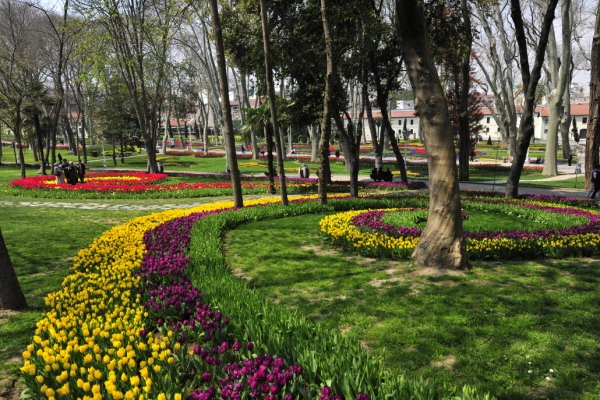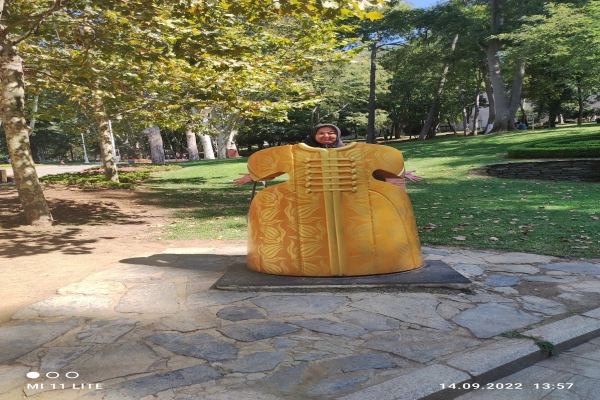Description
Gulhane Park is a historic park in the heart of Istanbul, originally serving as the outer garden of Topkapi Palace during the Ottoman Empire. It features a garden and beautiful flower-filled landscapes. On November 3, 1839, the Minister of Foreign Affairs, Mustafa Resit Pasha, read the decree of regulations in Gulhane Park, marking a significant step towards democratic transformation in Turkish history. Hence, it is also sometimes referred to as "Gulhane Hatırası" (Gulhane Memory).
The park was organized during the tenure of Mayor Cemil Pasha (Topuzlu) and transformed into a public park in 1912, opening its doors to the public. It covers a total area of about 163 acres. On the right side of the park entrance, there are half-statues representing mayors of Istanbul. A tree-lined path runs through the center of the park, with resting areas and playgrounds for children on both sides of the path.
In Gulhane Park, there are statues and memorials, such as the statue of Asik Veysel on the right side of the winding slope towards the Bosphorus, and at the top towards the end of the slope, there is a Gothic column dating back to the Roman period.
A section of Sarayburnu Park was previously connected to the main park by a bridge over the Circus Railway. This section was later separated from the park by the coastal road in 1958. In the Sarayburnu section, the first statue of Ataturk after the Republic (October 3, 1926) is located. The statue was created by the Australian architect Kreibig. Ataturk first introduced the Latin alphabet to the public in this park on September 1, 1928. While Ataturk's body was sent to Ankara, the final ceremonies were held in Istanbul on November 19, 1938, in the Sarayburnu section of Gulhane Park. The coffin was carried from the gun carriage by 12 generals and placed on the destroyer Zafir, which was anchored at a floating platform, and then transported to the battleship Yavuz.















